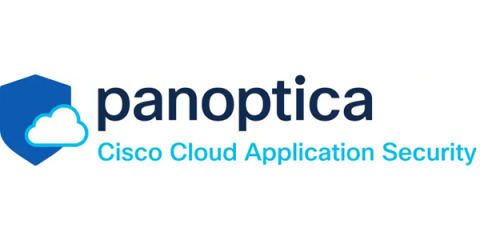Beyond Passwords: Advanced API Authentication Strategies for Enhanced Security
Passwordless authentication for end users is taking the world by storm, offering organizations and individuals alike unprecedented security, user experience, and efficiency benefits. By all indications, the next generation of authentication for end users has finally arrived, sending the password the way of the dodo. Although they don’t get anywhere near the same hype, advanced authentication strategies for APIs are as critical as passwordless authentication for end-users.











